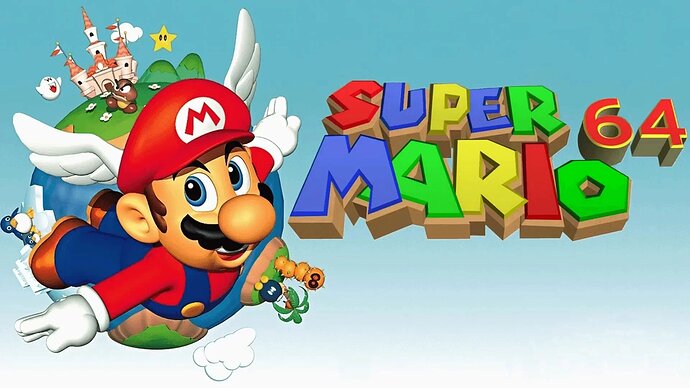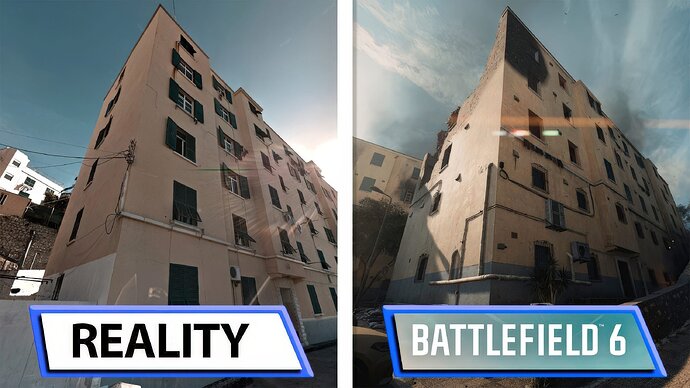As technology advanced into the 1990s, the arrival of 3D graphics marked a revolutionary shift. Games like Super Mario 64 and Tomb Raider introduced players to fully navigable 3D environments for the first time. Polygon-based models replaced 2D sprites, giving developers a new dimension literally to explore creativity. Although early 3D visuals were blocky and primitive by modern standards, they represented an important leap forward. The fifth and sixth console generations refined these visuals, with the PlayStation 2 and original Xbox showcasing smoother textures, realistic lighting, and improved animation that deepened immersion.
(photo: Lig-Lig / Nintendo)
Today, the line between video games and reality continues to blur. Real time ray tracing, 4K resolutions, and AI powered upscaling have made modern games visually breathtaking. Studios can now craft hyper, detailed open worlds, where individual blades of grass sway naturally and sunlight refracts through raindrops. At the same time, the accessibility of advanced engines like Unreal and Unity allows indie developers to create visually stunning projects without massive budgets. Gaming graphics are no longer just a technical showcase, they’re a storytelling tool that helps evoke emotion, tension, and wonder.
(photo: Wccftech / Battlefield Studios)
Share your thoughts and leave a comment down below!

